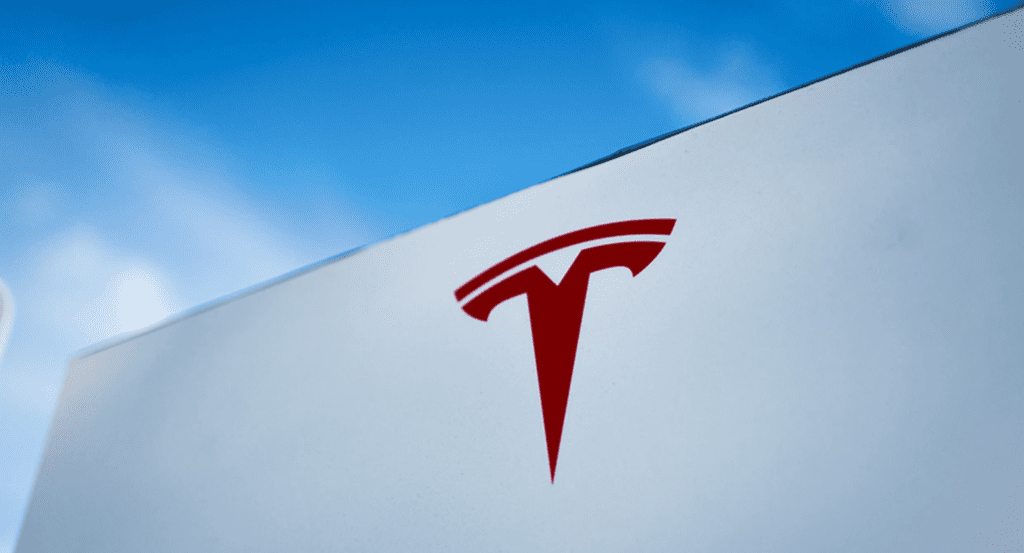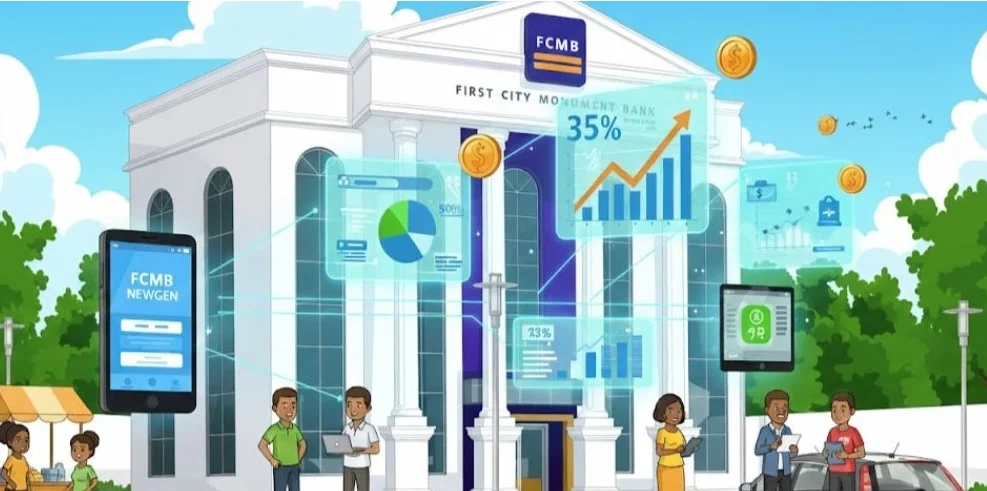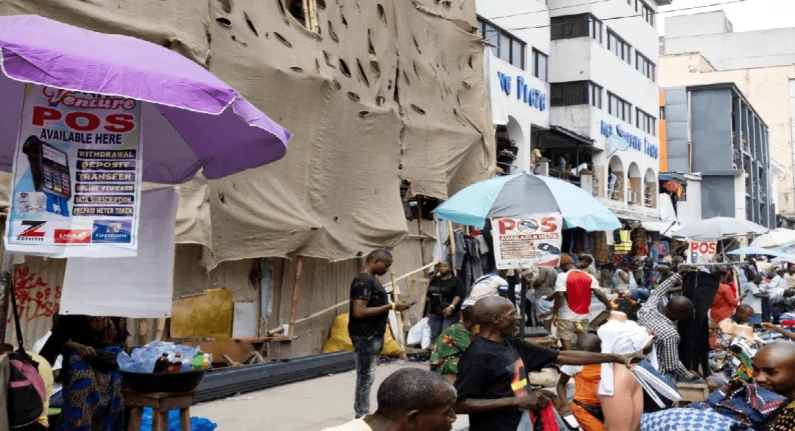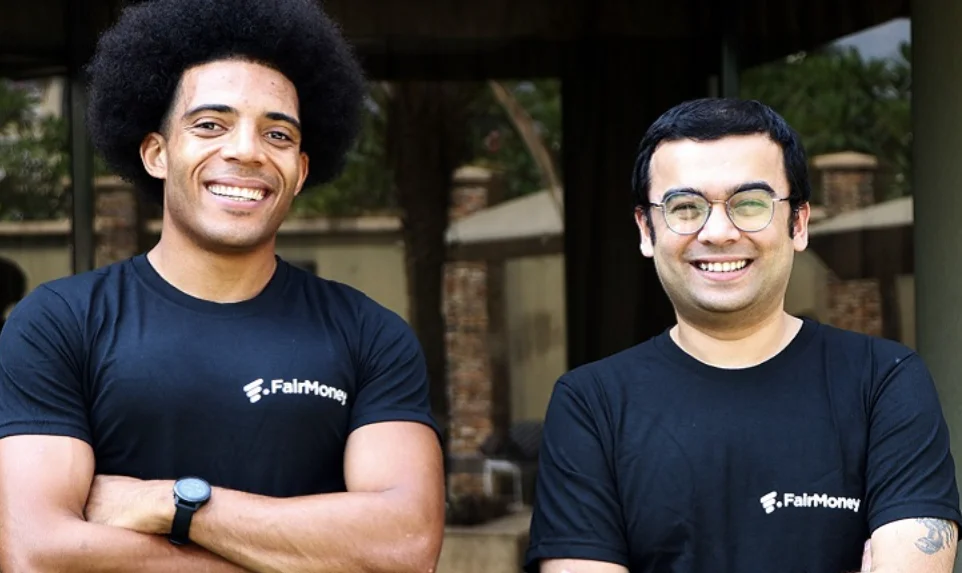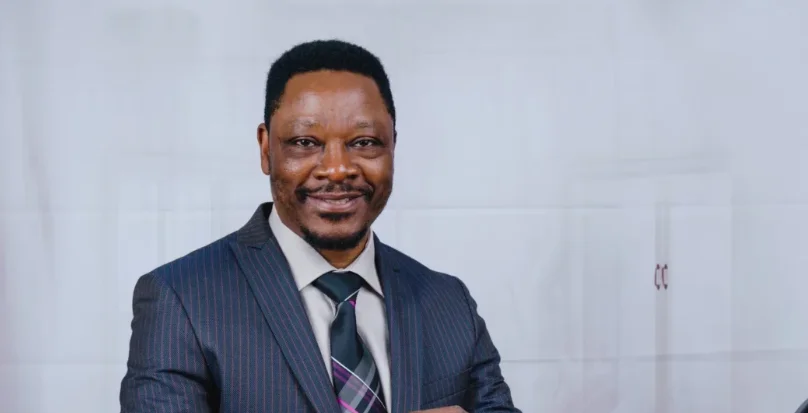Tesla has once again placed its self-driving ambitions front and center, as CEO Elon Musk boldly projected that its robotaxi service will begin delivering significant financial results by late 2026. During its recent earnings call, the electric vehicle giant renewed its commitment to launching a commercial robotaxi operation, reinforcing a previously announced timeline that has now reignited investor optimism.
Despite a history of missed targets, Tesla’s decision to stand by its June 2024 launch date for paid robotaxi services in Austin, Texas has given shareholders fresh hope. With traditional car sales dropping—down 13% in the first quarter alone—Tesla is under growing pressure to prove it can turn its long-promised autonomous future into a viable business reality.
Robotaxis Take Center Stage as Automotive Sales Stumble
The renewed focus on self-driving technology comes at a time when Tesla’s core vehicle business is showing signs of strain. With consumer demand shifting and competitive pressures increasing, especially in the electric vehicle space, the company sees autonomous driving as the next frontier that could transform its revenue model.
Musk’s latest assurances about robotaxi readiness have captured the attention of bullish investors and market analysts, many of whom believe the company’s long-term valuation is heavily reliant on the success of its autonomous driving and subscription-based services. These offerings are expected to eventually eclipse traditional vehicle sales as Tesla’s primary growth engine.
“The next 18 months are critical,” said Blake Anderson, associate portfolio manager at Carson Group, a Tesla investor. “We’ve all been waiting for that fundamental turning point—and this could finally be it.”
A June Launch in Austin — Starting Small, Scaling Fast
Tesla plans to initiate its paid robotaxi program using modified Model Y vehicles equipped with its full self-driving software. While Musk said the initial rollout in Austin would start with only 10 to 20 vehicles, he emphasized that the company would rapidly expand the service to additional U.S. cities over time.
Tesla is also developing a dedicated robotaxi model known as the “Cybercab,” with production expected to begin in 2025. Musk stated that this new vehicle, built specifically for autonomous operations, will serve as the backbone of Tesla’s self-driving network in the years to come.
By the second half of 2026, Musk believes Tesla’s autonomous services will begin delivering measurable returns on the company’s bottom line. “I predict that there will be millions of Teslas operating fully autonomously in the second half of next year,” he said, a bold statement that echoes a similar promise made back in 2019, when he declared that a million robotaxis would hit the roads “next year.”
Skepticism Persists Despite Investor Excitement
While the excitement is palpable among Tesla’s most loyal investors, others remain cautious. Brian Mulberry, a portfolio manager at Zacks Investment Management, acknowledged Musk’s credibility issues when it comes to timelines but insisted that this time feels different.
“The pieces are finally in place,” Mulberry said. “They’ve got the safety data, the driving miles, and the core technology. It feels like this is really happening.”
Still, many analysts are withholding judgment until Tesla proves it can scale the robotaxi business effectively. Investors will be closely monitoring key performance indicators such as per-mile costs in Austin, rider adoption rates, and—most importantly—the company’s autonomous safety record.
Anderson emphasized that Tesla must deliver concrete data showing that its vehicles can reliably operate without human intervention. “Safety is the variable they control the most,” he explained. “If they can prove that part is rock-solid, it makes the rest of the puzzle a lot easier to piece together.”
Regulatory Roadblocks and Unanswered Questions
Despite the optimism, Tesla still faces significant regulatory hurdles, particularly in California. Although the company has obtained a preliminary permit in the state, it must secure multiple additional approvals before it can legally operate a paid robotaxi service.
Earlier this year, Musk stated that he hoped to launch in California by the end of 2024, but notably, he omitted any reference to that goal during the most recent earnings call—possibly signaling delays. This lack of clarity leaves some analysts wondering whether Tesla’s full national rollout timeline is too ambitious.
Seth Goldstein, an equity strategist at Morningstar, believes the timeline for profitability next year seems overly aggressive, especially when compared to competitors like Waymo, which have spent nearly a decade refining autonomous vehicle systems.
“Tesla is trying to do in two years what others took ten to even partially achieve,” Goldstein said. “Musk is setting very high expectations, and now that he’s attached a revenue timeline to those predictions, investors will hold him to it.”
Safety and Metrics Still Vague
Musk claimed during the call that Tesla’s current autonomous system—now being tested in Austin—can travel 10,000 miles on average before encountering an accident or needing driver intervention. However, he did not specify how that figure was calculated. Additionally, unlike rival firms such as Waymo and Amazon-owned Zoox, Tesla has not shared autonomous performance data with California regulators.
That lack of transparency has drawn criticism from industry observers, who argue that standardized benchmarks are essential for public trust in driverless services. Goldstein noted that even if Tesla successfully launches robotaxis in Austin, broader acceptance will depend on proving the technology’s safety under scrutiny.
Long-Term Potential vs. Short-Term Risk
Despite the current hype, most analysts agree that Tesla’s self-driving future won’t materialize overnight. Even if the Austin launch proceeds as planned, it will take years to establish the infrastructure, gain regulatory approval, and convince the public to embrace autonomous travel on a large scale.
Goldstein predicts Tesla could refine its system enough by late 2025 or early 2026 to compete meaningfully with leaders like Waymo by 2028. However, he cautioned that missed revenue targets next year could trigger market backlash.
“Investors will be disappointed if the promised income from robotaxis doesn’t show up when expected,” Goldstein warned. “Now that they’ve attached a date to revenue, the countdown has officially begun.”
Conclusion: High Stakes for Tesla’s Next Act
As Tesla enters a critical phase in its evolution, the success or failure of its robotaxi initiative could define the company’s trajectory for the next decade. With automotive sales dipping and competitors catching up in the EV market, the pressure is on Musk to deliver what may be the company’s most ambitious promise yet.
Whether this marks the beginning of Tesla’s transformation into a global autonomous mobility leader—or another high-profile setback—will depend on how swiftly and safely it can execute the vision Musk has once again laid out for the world.

